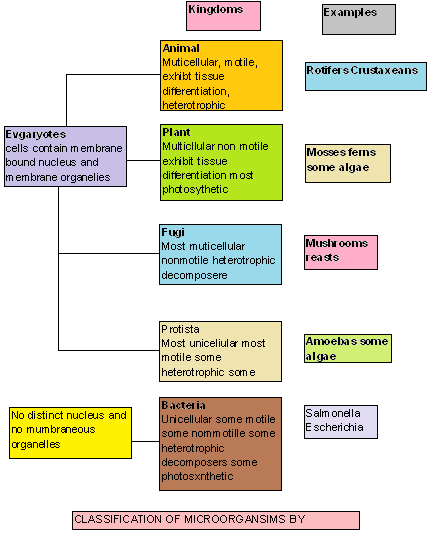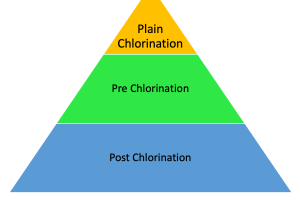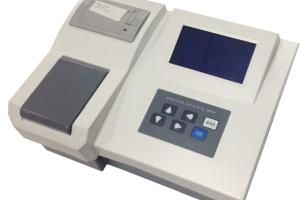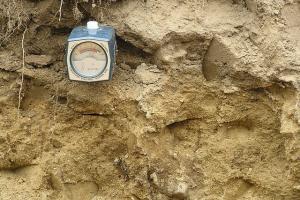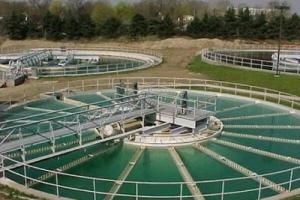Bacterial Classification in Wastewater Treatment
Microbiology in Waste Water Treatment:
It is the branch of biology which deals with micro organisms which is unclear or cluster of cell microscopic organisms.
MICROORGANISMS:
Microorganisms are significant in water and wastewater because of their roles in different transmission and they are the primary agents of biological treatment. They are the most divers group of living organisms on earth and occupy important place in the ecosystem. Are called OMNIPRESENT.
Classification of Bacteria in Waste Water Treatment Process
1. Classification of bacteria based on Oxygen requirements (ORP)
The heterotrophic bacteria are grouped into three classification, depending on their action toward free oxygen (O4) or more precisely oxygen-reduction potential (ORP) for survival and optimum growth.
- Obligate aerobe or Aerobes or bacteria are micro-organisms require free dissolved oxygen to oxidize organic mate and to live and multiply. These conditions are referred to as aerobic processes.
- Anaerobes or anaerobic bacteria are micro-organisms oxidize organic matter in the complete absence of dissolved oxygen. The micro-organisms take oxygen from inorganic sates which contain bound oxygen (Nitrate NO3, Sulphate So42-, Phosphate PO42-). This mode of operation is termed as anaerobic process.
- Facultative bacteria are a class of batter that use free dissolved oxygen when available but can also Respire and multiply in the absence. "Escherichia Coli" a facile coli from is a facultative elaterium. (Facultative Bacteria = Aerobic anaerobic bacteria)
2. Classification of Microorganisms by Kingdom:
Microorganisms are organized into five broad groups based on their structural functional differences. The groups are called “Kingdoms”. The five kingdoms are animals, plants, protista fungi and bacteria.
Representative examples and characteristics of differentiation are shown:
3. Classification by their preferred Temperature Regimes:
Each specie of bacteria reproduces best within a limited range of temperatures. Four temperature ranges for bacteria:
- That best at temperatures below 20°C are called psychrophiles.
- Grows best in between 25°C and 40°C are called Mesophiles.
- Between 45°C and 60°C thermopiles can grow.
- Above 60 °C stenothermophiles grow best.
BACTERIA:
The highest population of microorganisms in a wastewater treatment plant will belong to the bacteria. They are single-called organisms which use soluble food. Conditions in the treatment plant are adjusted so that chemosererotrophs predominate. No particular species is selected as best.
Metabolism:
The general tern that describes all of the chemical activities performed by a cell is metabolism. Divided into two parts:
a. Catabolism:
Includes all the biochemical processes by which a substrate is degraded to end produces with the release of energy.
b. Anabolism:
Includes all the biochemical processes by which the bacterium synthesizes new chemical compounds needed by the cells to hire and reproduces.


